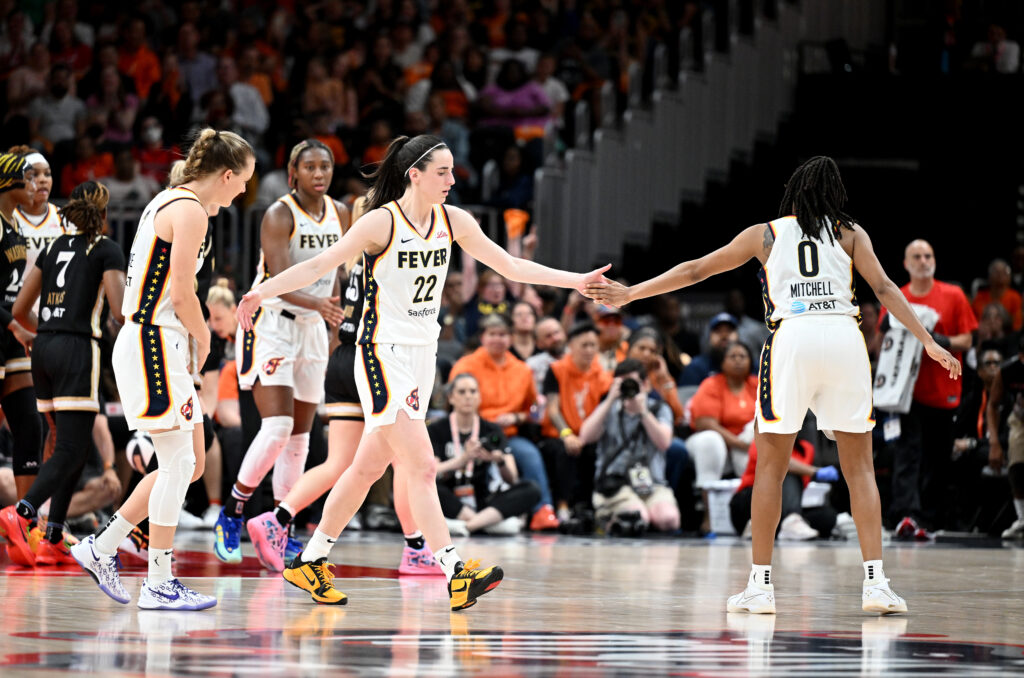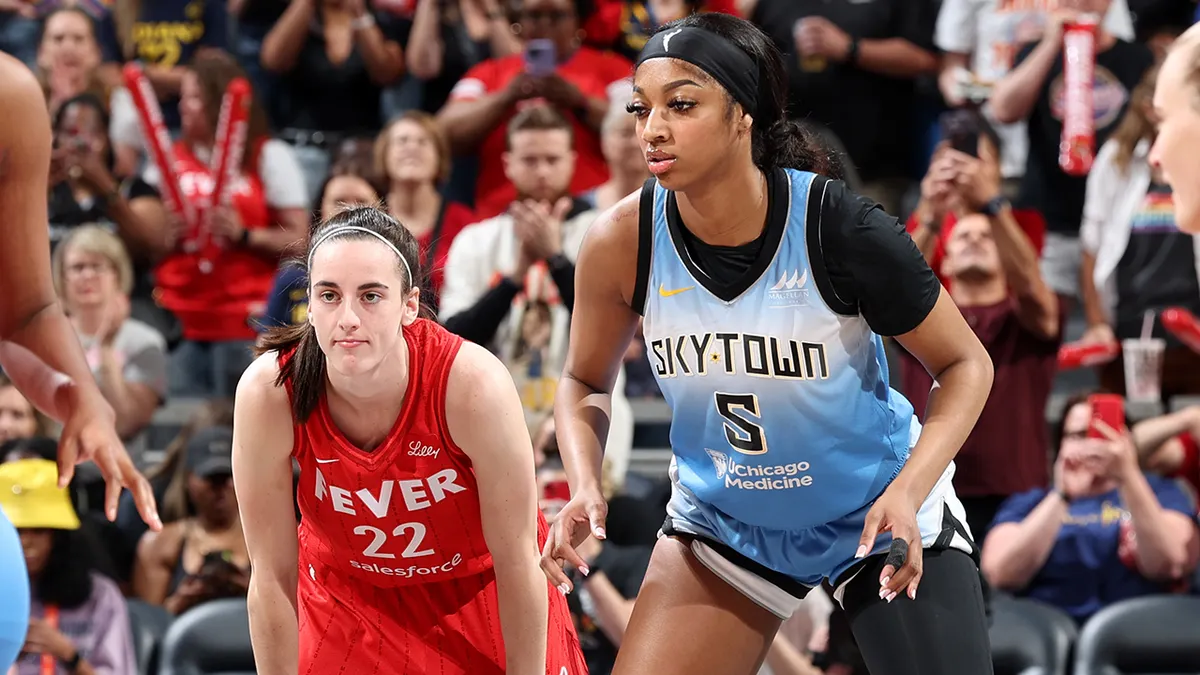While many fans and pundits celebrate Clark’s talent and the excitement she brings to the college game, the move has raised concerns among professional women’s basketball players, particularly those in the WNBA. Many players have voiced frustration over the fact that, despite the significant progress the WNBA has made over the years, it still struggles to secure the same level of national media coverage. For years, the WNBA has had to fight for attention, often relegated to niche networks or streaming platforms, and sometimes struggling to even secure broadcast deals for its games.

The new broadcast deal for Clark’s games is being seen by many WNBA players as a glaring example of how women’s sports are often treated differently in the media, particularly when it comes to professional versus collegiate levels. As the WNBA grows in popularity and its athletes continue to push the boundaries of excellence, the league feels that the media should be focusing on promoting professional women’s sports rather than giving even more exposure to a college athlete, no matter how talented she may be.
The WNBA has always faced challenges when it comes to media coverage and recognition. Despite the league being home to some of the most talented basketball players in the world, there has long been an uneven distribution of exposure when compared to male-dominated sports leagues, such as the NBA. WNBA players work just as hard as their male counterparts and compete at the highest level, but they often don’t get the same spotlight.
It’s this very disparity in media coverage that has led to rising tensions among professional women athletes. WNBA players have been vocal about their desire for more representation in the mainstream sports media, with many questioning the fairness of elevating Caitlin Clark’s games above their own.

“While Caitlin Clark is an incredible player, it’s frustrating to see that she’s getting more media attention than us, the professionals,” said one WNBA player who chose to remain anonymous. “We’ve spent years building this league and pushing for more visibility, but it feels like we’re still not getting the recognition we deserve. Caitlin’s games are important, but why does that come at the cost of further marginalizing our league?”
The timing of the announcement also seems to exacerbate these frustrations. As the WNBA season continues to grow and attract a larger fanbase, many players feel that now is the time to capitalize on the league’s momentum. Instead, it appears that the national media is once again prioritizing collegiate athletics over professional women’s sports.
Several WNBA stars have pointed out that while Clark’s games will be broadcast on major networks, many WNBA games are still only available on limited platforms like ESPN+, with some teams even struggling to secure enough broadcast slots for their matches. This stark contrast in coverage has led to the perception that the media is more invested in promoting a rising college star than in celebrating the long-term achievements of professional athletes.
“It’s a slap in the face,” said another WNBA player, expressing her dismay at the treatment of the league. “We work year-round to get better, to grow the game, and to make history. Yet, we’re often ignored while a college athlete’s success is turned into a national spectacle. If women’s basketball is truly going to succeed, it needs to be treated equally at all levels, from college all the way to the pros.”
The situation with Caitlin Clark’s national broadcasts also speaks to a larger issue in sports media: the consistent undervaluation of women’s sports as compared to men’s. While men’s college basketball is given ample television coverage, men’s professional basketball (NBA) continues to be one of the most-watched sports leagues in the world. The same cannot be said for women’s sports. Even with the increasing success of the WNBA and the growing interest in women’s basketball, it remains a challenge for professional female athletes to secure the kind of media exposure that their male counterparts enjoy.

This disparity is not unique to the WNBA but extends to many women’s professional sports leagues, from soccer to tennis. The disparity has fueled campaigns for better representation, including calls for equal pay, better sponsorship opportunities, and most importantly, a more equitable distribution of media coverage.“There’s a larger issue at play here,” noted a prominent sports analyst. “Women’s professional sports are often seen as secondary to men’s sports, and that is reflected in how media outlets choose to cover the games. Caitlin Clark is an amazing talent, but the focus shouldn’t solely be on her college career while professional women’s leagues, like the WNBA, continue to fight for every ounce of visibility.”As the backlash continues to grow, some hope that this issue will spark broader conversations about the treatment of women’s sports in the media. Advocates for the WNBA and other women’s leagues have called for more substantial and consistent media coverage. They believe that focusing on elevating professional women’s sports will ultimately lead to a stronger, more sustainable future for female athletes across all disciplines







